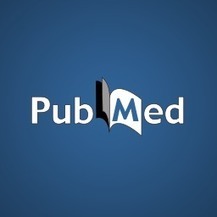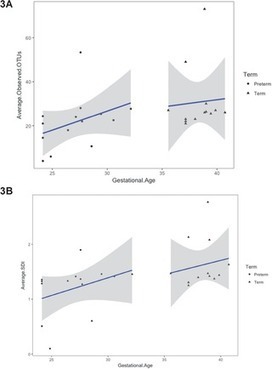Microbiota induce a form of adaptive immunity that couples antimicrobial function
with tissue repair.
Research and publish the best content.
Get Started for FREE
Sign up with Facebook Sign up with X
I don't have a Facebook or a X account
Already have an account: Login
 Your new post is loading... Your new post is loading...
 Your new post is loading... Your new post is loading...
|

Alfredo Corell's curator insight,
November 3, 2013 8:21 AM
The altered landscape of the human skin microbiome in patients with primary immunodeficienciesJulia Oh1, Alexandra F. Freeman2, NISC Comparative Sequencing Program3, Morgan Park3, Robert Sokolic1, Fabio Candotti1,Steven M. Holland2, Julia A. Segre1,5,6 and Heidi H. Kong4,5,6Article published online before print. Article, supplemental material, and publication date are athttp://www.genome.org/cgi/doi/10.1101/gr.159467.113. |













